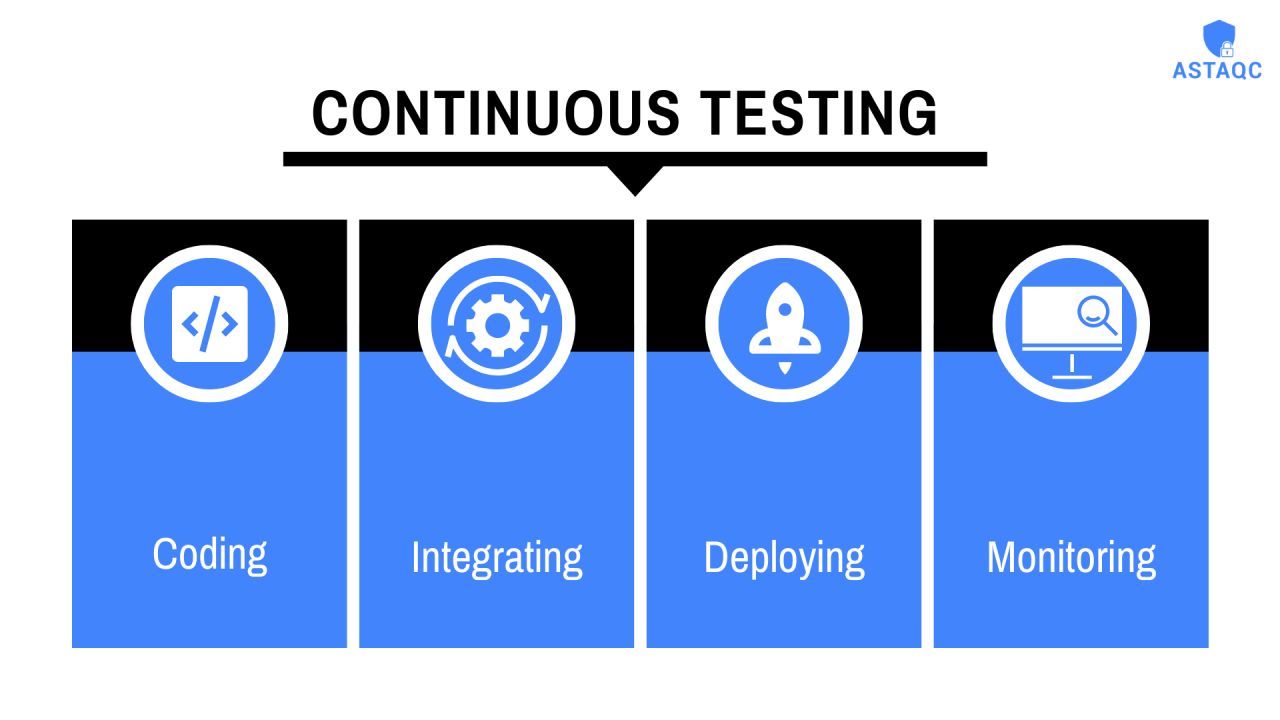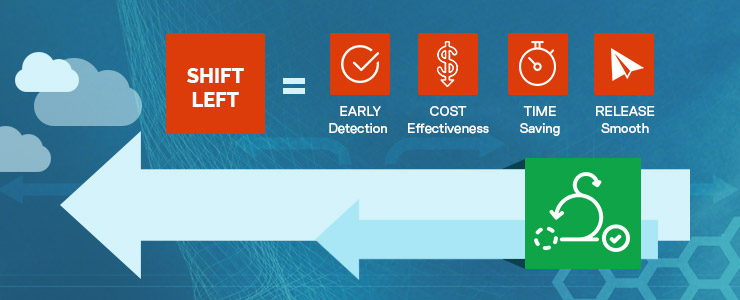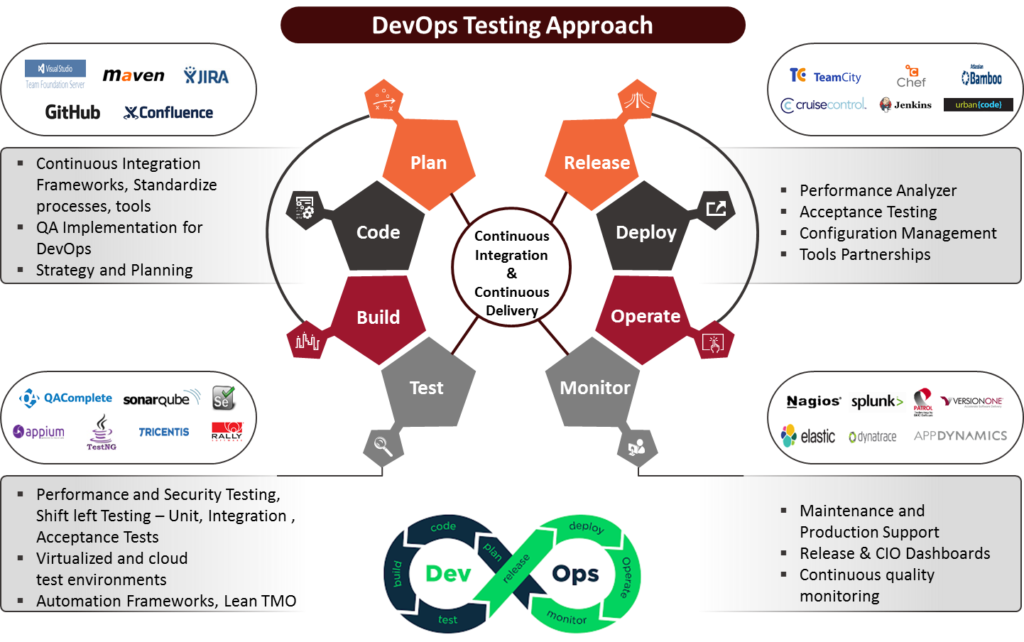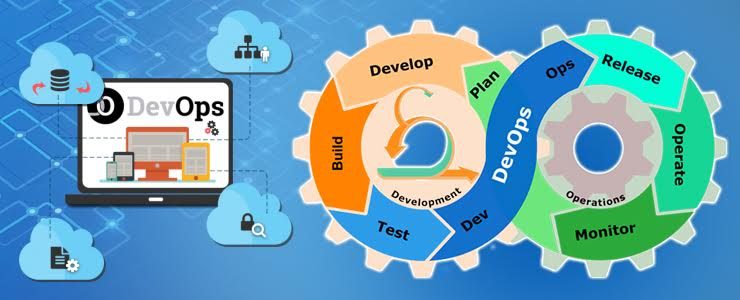
Technology is improving at such a pace today, that we find ourselves at the threshold of a big change almost every couple of years. Well keeping up with this trend, the recent technological innovation which is waiting to transform our lives is the new model of developing and operating systems called DevOps. The model has a straight advantage over the traditional software development and deployment approaches. It reduces the time spent on interleaved phases so that software delivery is close to immediate and glitch free. In such a highly integrated approach where development, testing, quality assurance, and delivery need to work in tandem, automation and system intelligence would come in to play a crucial role. Here’s how.
1. The Reduced Cycles
A major aim and the basic idea behind the inclusion of DevOps model is to have change releases being churned out of the pipeline at a high frequency, enabling faster deployment of code releases. A major reason for clogging of the pipeline which inhibits the free flow of the code components is the handshaking between teams involved in development and deployment. A host of workflow based systems has now come in place, which is making a difference in the area. For example, Oracle has a workflow module embedded in all of its application design platforms and tools, so that various teams are able to work in conjuncture on the same code snippet, helping a faster deployment of the same. Planning, Consolidation and Financial close management are all examples of the same. A great leap in this terms would be driving these continuous change delivery initiatives from a central quality assurance COE, if you may, which would help in overcoming any strategy conflicts or competency gaps.
2. Lean Tools and Mechanisms
At the heart of a DevOps, architecture is the founding concept of continuity in two major areas – integration and delivery, and automation can bring visible benefits in both of these. To start with, automation of manual handoffs and workflow can bring in better integration of participating teams and modules, reducing integration hiccups and stand-offs. This would eventually pave way for a reduced delivery cycle time. Moreover, employing some of the new tools and automation can help instill channels which support a seamless process of code delivery and deployment, with quality assurance embedded well into it.
Download Whitepaper: Automation Testing in an Agile Environment
3. An Automated Quality and Assurance Framework
Automation in the field of code and application development and deployment is a rather a concept, which has been there for a while. For example, we have tools such as life cycle management for Oracle EPM systems for effective development on one hand, and Eclipse integrated development environment for J2EE on the other. But what happens when the code that you developed most efficiently and tested to be watertight, went up to increase the load on your application server? This is where automation in quality assurance and its integration with the existing automation becomes a key. A host of new testing tools has now become commonplace, which is bridging this gap. As an example, ‘Selenium’ is an integrated automation testing and quality assurance platform, which enables programmers to create interactive test cases, which can help them analyze the effect their developed code deployment would have on various infrastructure components. Further, Stress testing and scenario analysis features have now been embedded in these tools, to judge the susceptibility of a change on the production instance of the system. This is a remarkable step towards ensuring a glitch free user experience before and after a new code deployment, which is a central feature of DevOps.
4. The Non-Functional aspect of Requirements
Although technology is the core driver of automation in the DevOps environment, and hence technical and functional requirements drive the development and planning of solutions, there are softer aspects which need due consideration as well. For starts, managing resources involved in developing, testing, deploying and supporting the applications would be a key area to assess, for the successful working of any DevOps project. Thankfully, automation has come to the rescue in this as well, with a host of tools such as Workflow planning, to help plan resources and their budgets. A lot of corporate budgeting and fund allocation schedules have also been smartly automated and implemented in smart and interactive workflows, to help managers and operators deliver within the allocated costs. In addition, a great improvement in logging time and effort has been included in the ERP systems, which is further reducing overheads in cost and effort planning and estimation. In terms of skill-sets, a true DevOps way of working would require strategists and test scenario formulators, to form a proactive team which is able to zero in on issues which might spring up, and also mitigate the ones which do occur, almost in no time.
Download Whitepaper: Importance of automation and testing – Why DevOps?
Continuous Integration comprises automated deployment, deployment scripts for testing every build to ensure that no code related issues arise in the production.
Connect TechArcis, It has been enabling end-to-end automation of applications across the SDLC to bring speed to market and enhance the quality of testing. Connect with our Test Automation leads to build QA best practices and gain quality with speed.
More Related Blog

Best Practices and Strategies for Test Automation 2018
If an organization calls itself agile, automation becomes the critical part of the organization’s software delivery pipeline. It’s pretty obvious that on automating testing, your release cycles get smaller. So, in that case, you might as well say “why can’t … Continue reading "How Automation is Powering Transition to DevOps?"...
Read More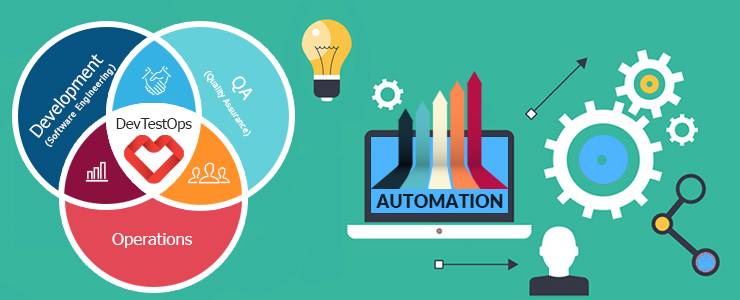
[Infographic] How Automation is powering transition to DevOps?
DevOps is a process – a mind-set – that requires a cultural shift in the way most organizations work today. It has a straight advantage over the traditional software development and deployment approaches. It reduces the time spent on interleaved … Continue reading "How Automation is Powering Transition to DevOps?"...
Read More
Role of Testing in Product Engineering Services
Product engineering is a vast domain that deals with various aspects of designing and developing a system, software or device, starting from quality and cost to performance, projected lifespan, dependability, user features and and serviceability......
Read More
